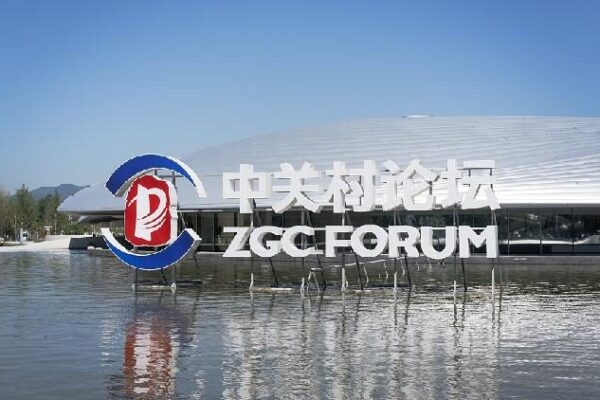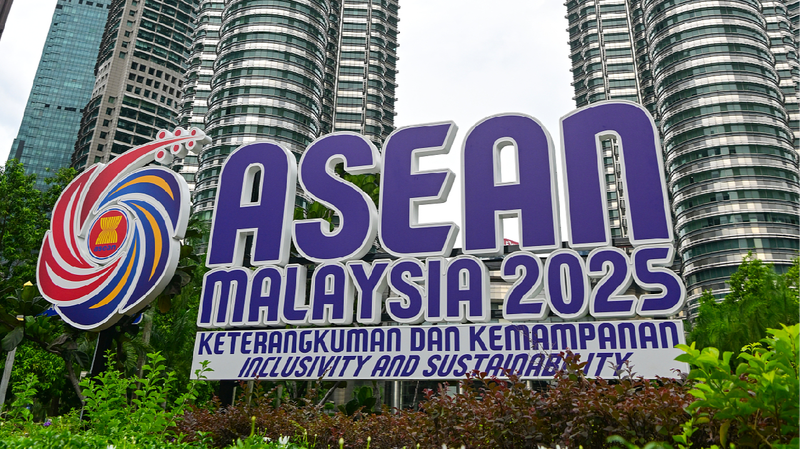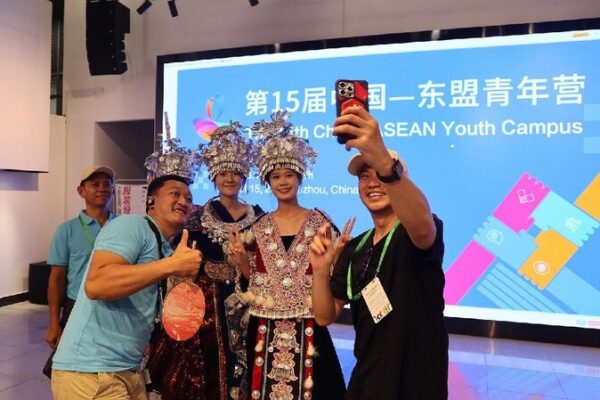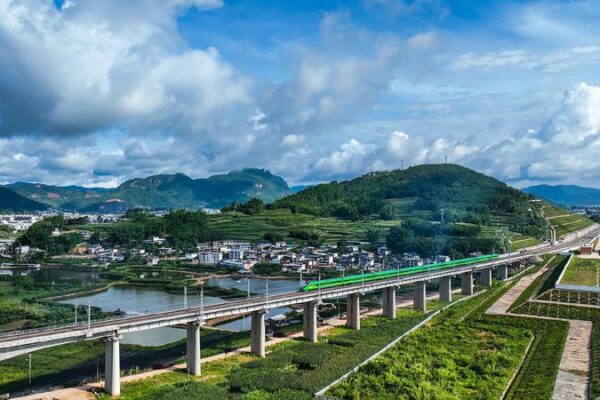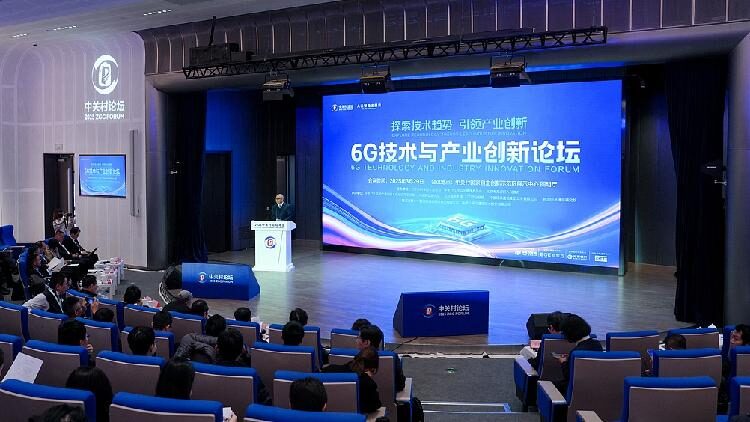The 2025 Zhongguancun Forum (ZGC Forum) kicked off in Beijing from March 27 to 31, showcasing China’s latest technological achievements and underscoring its commitment to global innovation. With the theme “New Quality Productive Forces and Global Science and Technology Cooperation,” the forum emphasized the vital role of cutting-edge technologies in shaping the future.
This year’s ZGC Forum brought together over 30 international organizations, fostering international cooperation in technological innovation. The event featured multiple global forums exploring new collaboration models between China and countries like the Association of Southeast Asian Nations (ASEAN) members, South Korea, and partners in the Belt and Road Initiative (BRI). The goal is to implement the “Open Science International Cooperation Initiative,” promoting shared research infrastructure, data exchange, and deeper engagement in multinational technology projects such as BRI joint laboratories and international technology transfer centers.
Technological innovation remains the core driver of productivity advancement. From mechanization to electrification, digitalization, and now artificial intelligence (AI), industrial revolutions have continuously evolved. In 2024, AI humanoid robots featured prominently at the Chinese New Year Gala, while domestic large language models like DeepSeek and AI agent Manus captured global attention. The animated film “Ne Zha 2,” powered by digital technology, shattered box office records.
Innovations in AI, quantum computing, humanoid robotics, and autonomous new energy vehicles illustrate the immense potential of new quality productive forces. China is investing heavily in new energy, advanced materials, and emerging technologies, leveraging breakthroughs to transform economic drivers, enhance resource efficiency, and upgrade industries, fueling high-quality development.
Unlike traditional productivity growth, which relies on capital investment and labor expansion, new quality productive forces are driven by technological breakthroughs, optimized production factors, and industrial upgrading. This approach leads to significant increases in total factor productivity and fosters sustainable economic growth through technological progress and resource optimization.
China’s comprehensive industrial system provides a solid foundation for innovation. As the only country encompassing all industrial categories defined by the United Nations since 2019, the Chinese mainland boasts outstanding supply chain capabilities. Its manufacturing sector has led the world for 15 consecutive years, contributing over a quarter of the nation’s GDP.
In 2024, China’s total research and development (R&D) expenditure reached 3.6 trillion yuan ($494.69 billion), maintaining its position as the world’s second-largest R&D investor. With a vast talent pool of over 200 million skilled professionals, including more than 60 million high-skilled workers, China offers strong support for future industrial advancements. Additionally, the expansive consumer market, with total retail sales reaching 48.8 trillion yuan, provides robust demand for innovation.
Establishing a collaborative innovation ecosystem is essential to facilitate the efficient flow of technology, talent, and capital. This ecosystem accelerates the commercialization of scientific advancements and seamlessly integrates innovation and industrial chains to foster new quality productive forces.
China’s advancements are deeply embedded in global industrial chains, offering cutting-edge manufacturing, clean energy solutions, and intelligent networks. By helping developing nations upgrade their technological capabilities and accelerate green transitions, China promotes global technological synergy and mutual benefit.
Despite certain nations imposing technological restrictions and advocating for decoupling, China remains committed to open innovation and global tech governance solutions. Initiatives like the Global AI Governance Initiative and the Global Data Security Initiative aim to guide AI toward advancing human civilization and promote fair and inclusive digital governance. The International Science and Technology Cooperation Initiative upholds the belief that “science knows no borders and should benefit all humanity,” fostering global technological partnerships.
As Chinese President Xi Jinping stated, “Scientific achievements should benefit all of humanity, rather than be used as a tool to suppress other nations’ development.” China’s push for technological innovation is not about seeking global technological dominance but supporting its modernization while injecting strong momentum into global development.
Reference(s):
Chinese new quality productive forces empowering global innovation
cgtn.com


